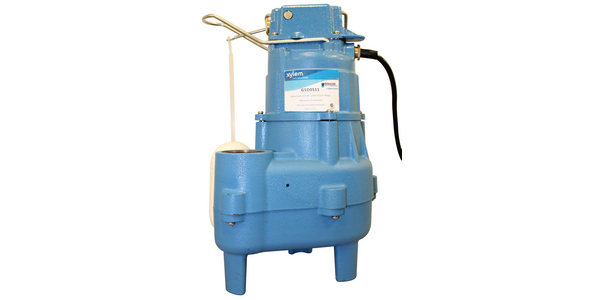DOE Analysis Highlights Geothermal Heat Pumps as Pathway to Decarbonized Energy Future
The U.S. Department of Energy announced results of an analysis highlighting that, deployed at mass scale, geothermal heat pumps could decarbonize heating and cooling and save energy in U.S. buildings, while reducing the need for new grid transmission. The analysis was conducted by experts at Oak Ridge National Laboratory and the National Renewable Energy Laboratory and funded by DOE’s Geothermal Technologies Office.
The analysis finds that, coupled with building envelope improvements, retrofitting around 70% of U.S. buildings with GHPs could reduce electricity demand by as much as 13% by 2050, versus decarbonizing without GHPs.
This reduction in demand would avoid as much as 24,500 miles of new grid transmission lines by 2050 — enough to cross the continental United States eight times. Most GHP equipment for the U.S. market is manufactured domestically, so increasing GHP deployment can also expand domestic industry and create local jobs to install and maintain the systems.
In addition, largescale GHP deployment could eliminate more than seven gigatons of carbon, even in the absence of any decarbonization policy. Additional efficiency measures, such as building weatherization, can further increase benefits for energy users and the electricity grid.
GHPs are used to heat and cool individual homes or businesses, as well as networks of buildings such as college campuses. They can be used in all climates and in both urban and rural environments, and can be implemented in new construction or retrofitted to existing buildings.
Learn more at energy.gov.




